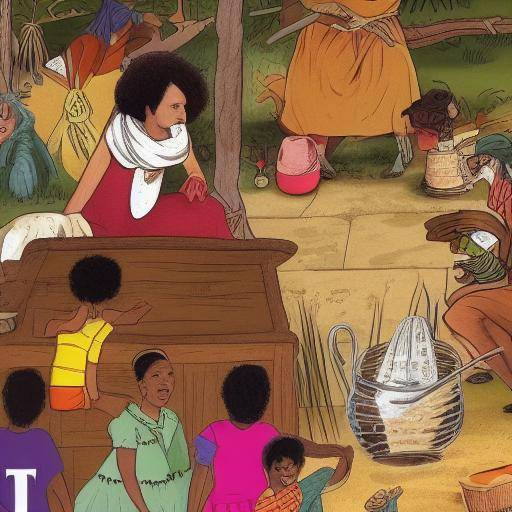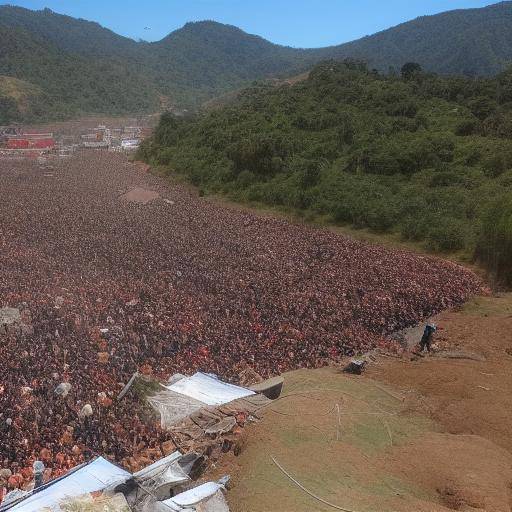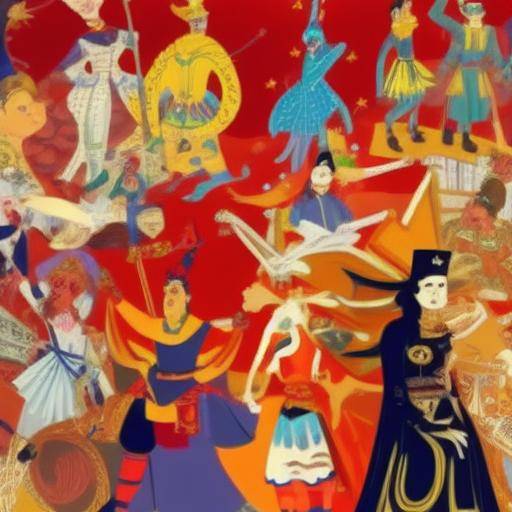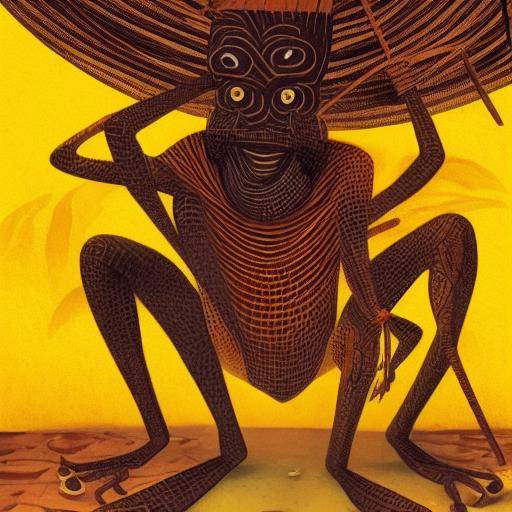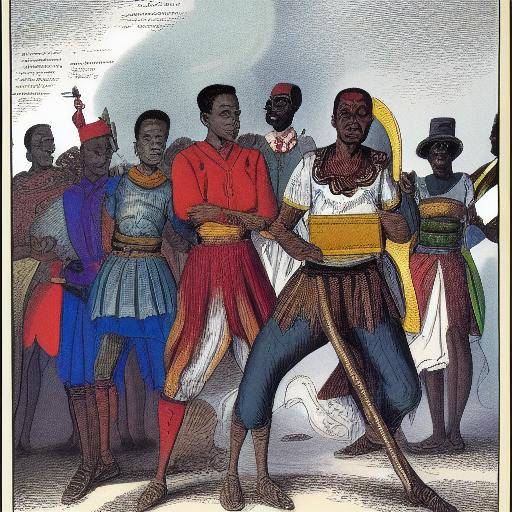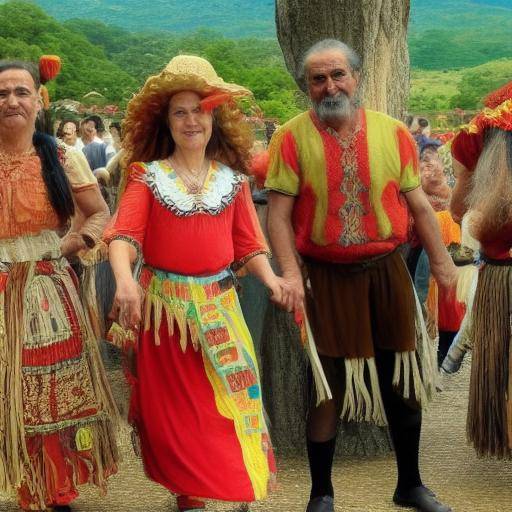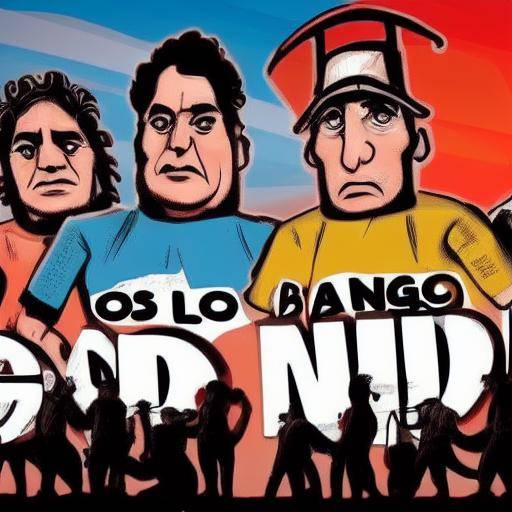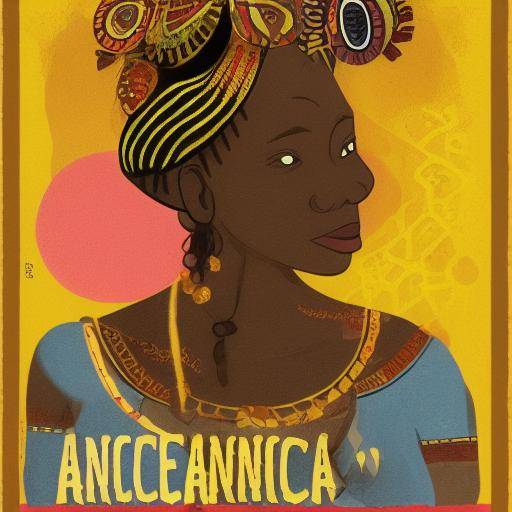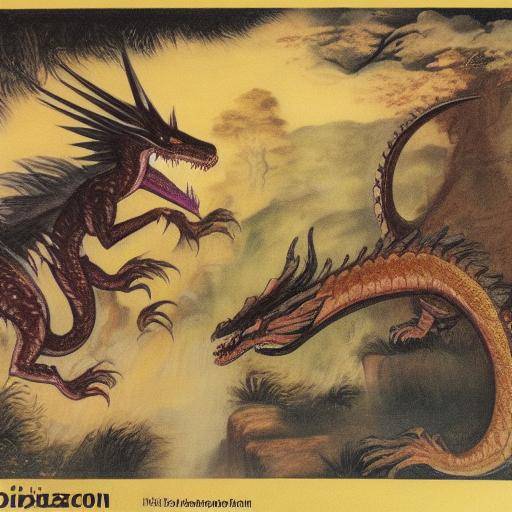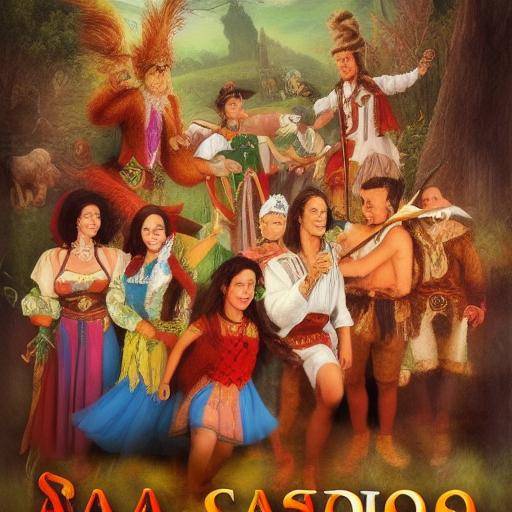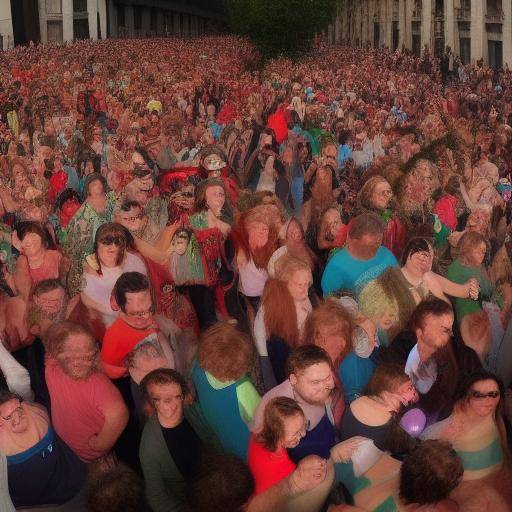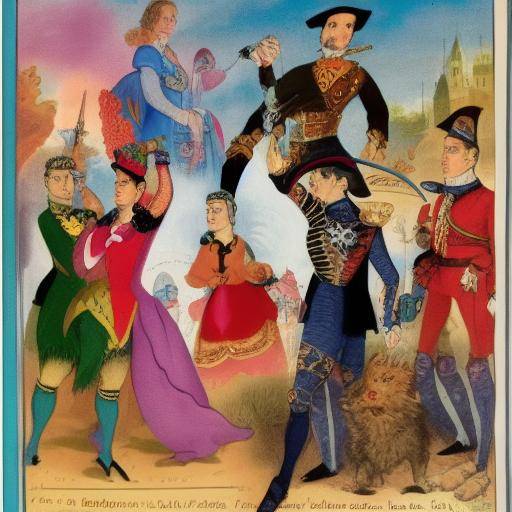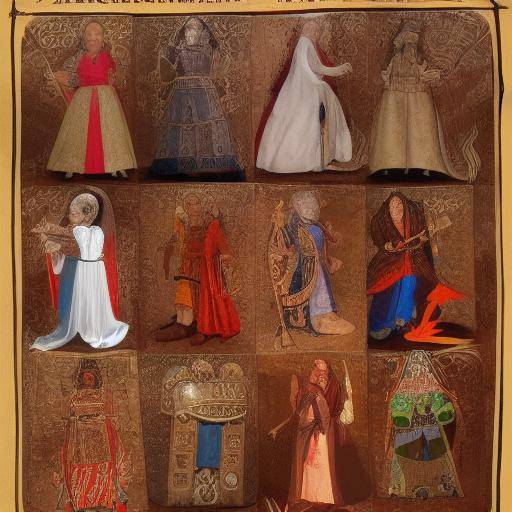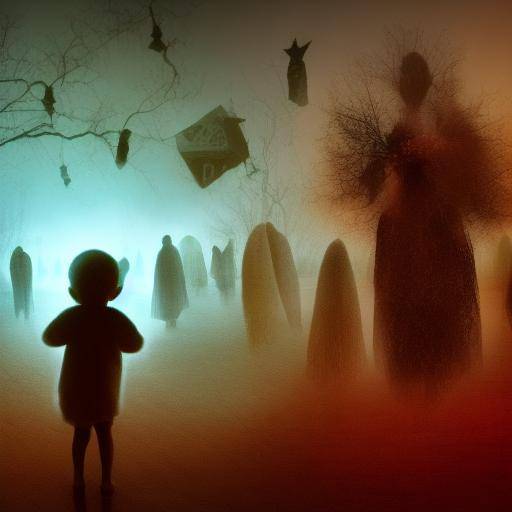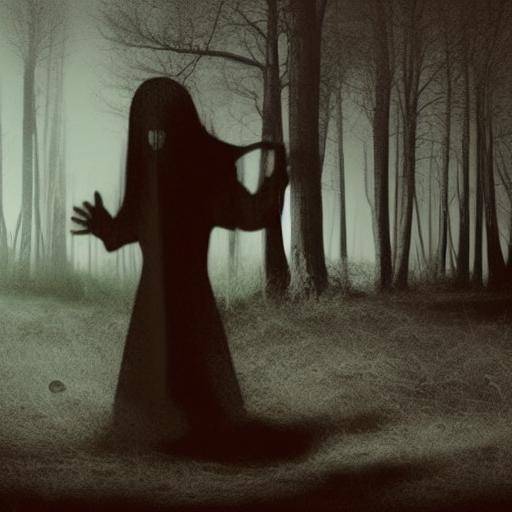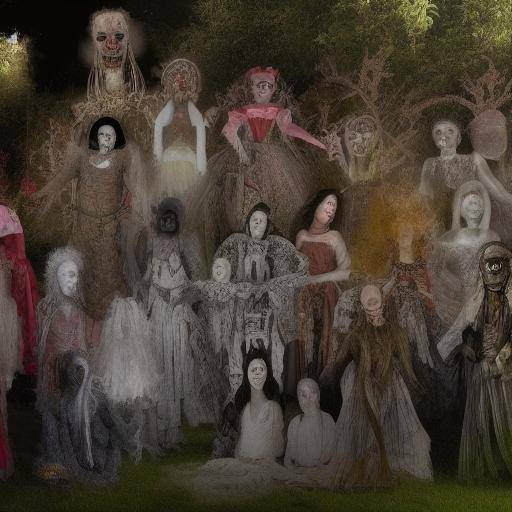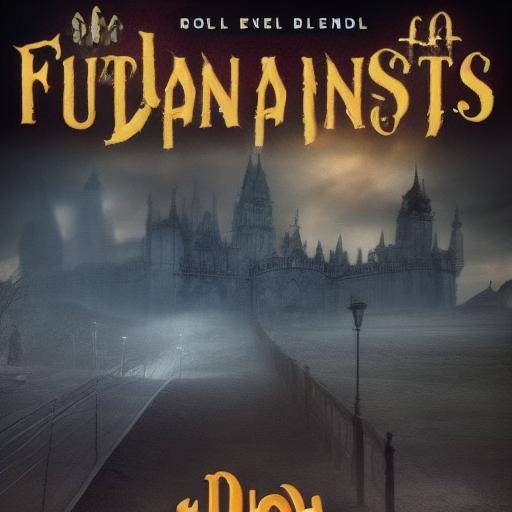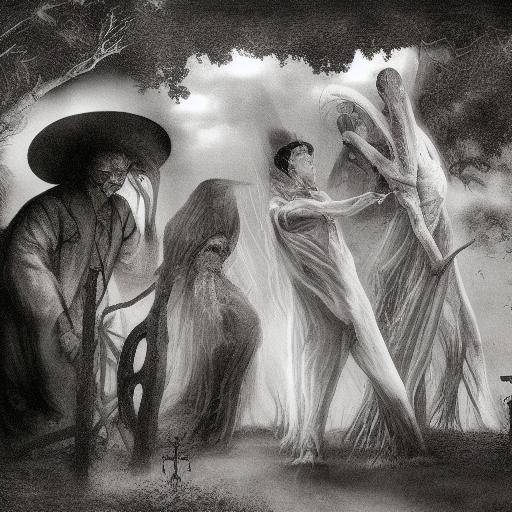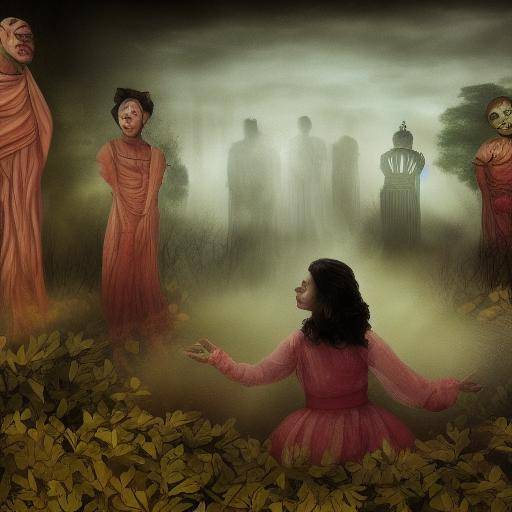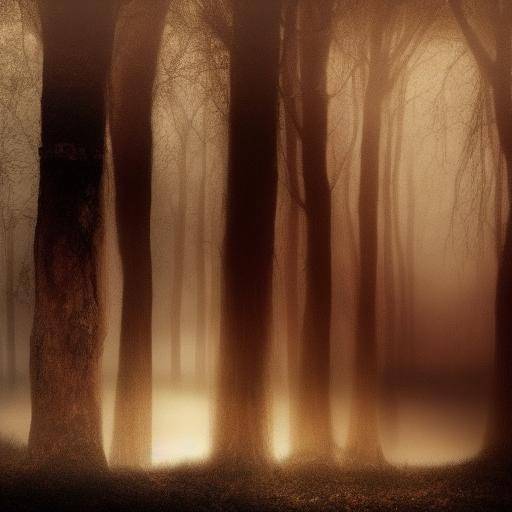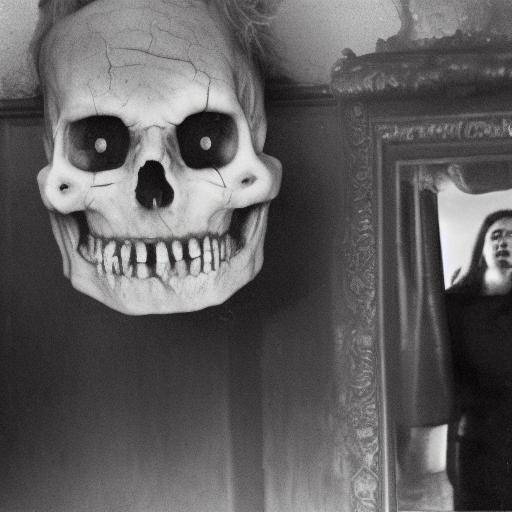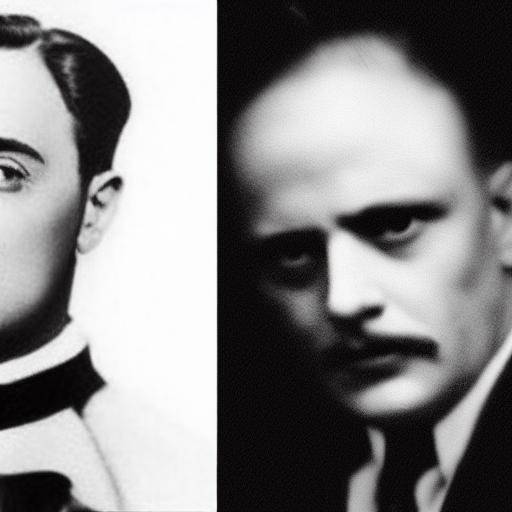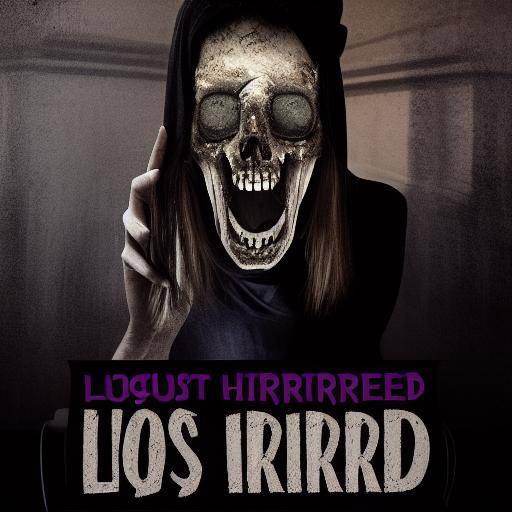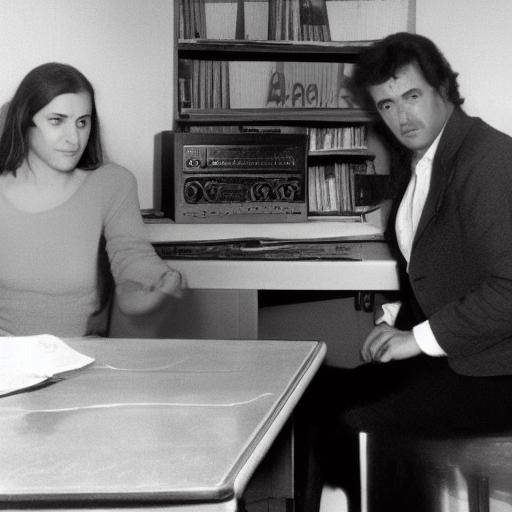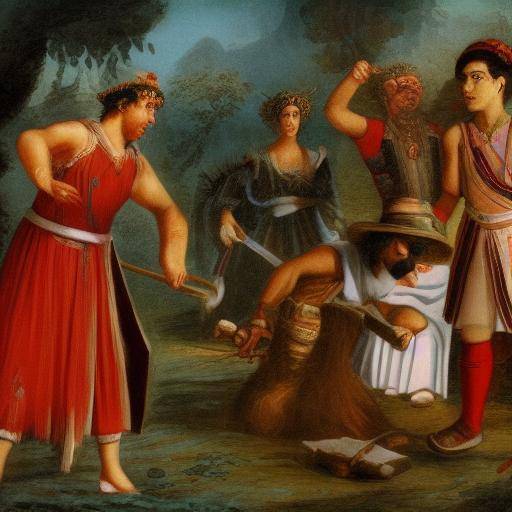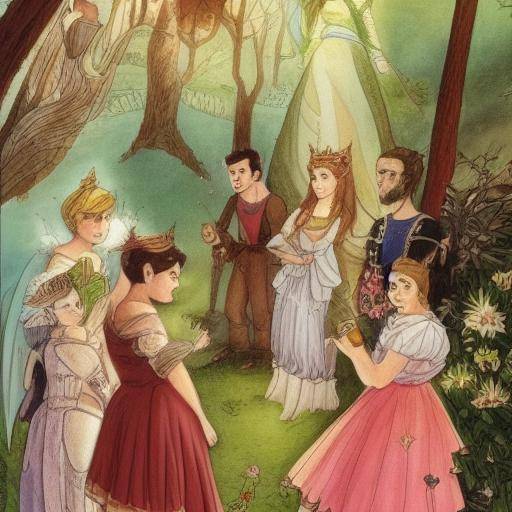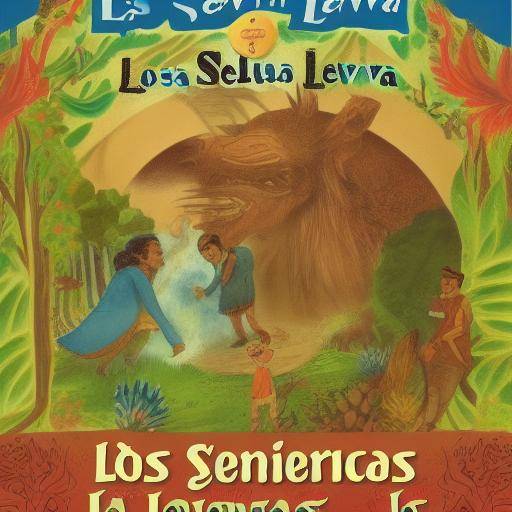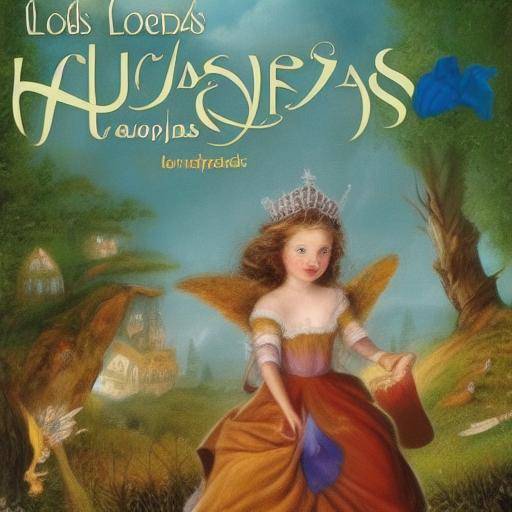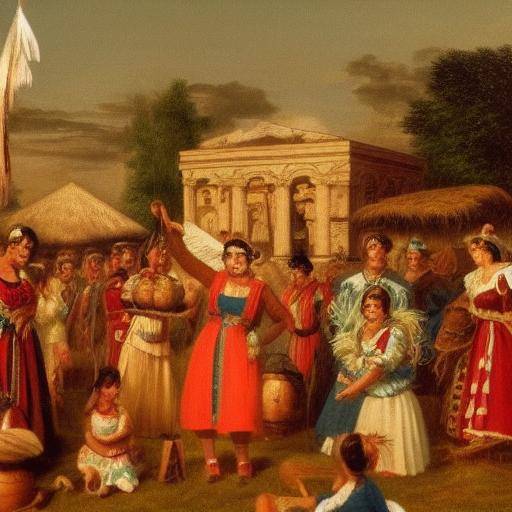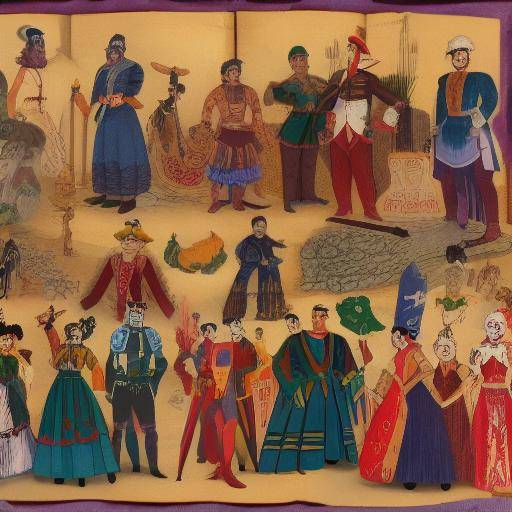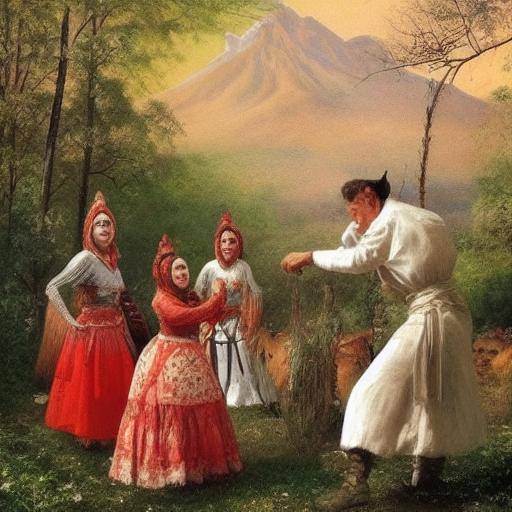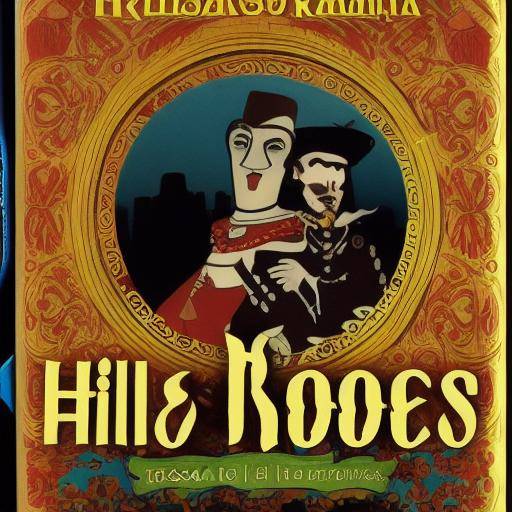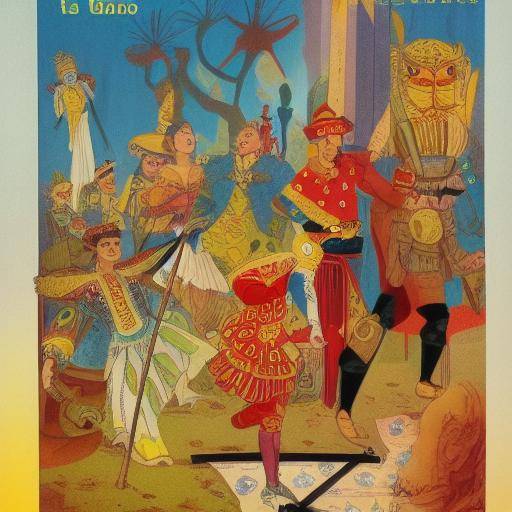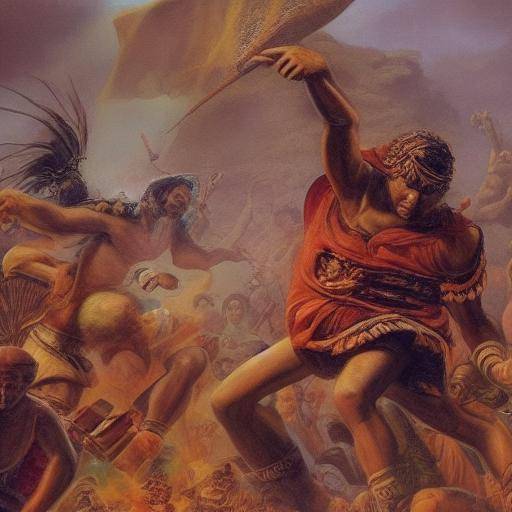
The Nordic mythology, with its fascinating deities and creatures, has enjoyed a resurgence in popular interest in modern times, in part thanks to its representation in popular culture, literature and cinema. Within this rich pantheon of supernatural beings, the giants occupy a prominent place with their intriguing stories that reveal the complexity of the Nordic cosmogony. In this article, we will thoroughly explore the stories of the giants in Nordic mythology, exploring their origin, roles, meaning, and their presence in various Scandinavian legends and myths.
Introduction
Nordic mythology, also known as Scandinavian mythology, is a system of beliefs and traditions that contemplates the cosmovision of the Germanic peoples of northern Europe, in particular the region covered by Iceland, Norway, Denmark and Sweden. This set of mythological accounts narrates the adventures, exploits and conflicts of gods, supernatural beings, and mythological creatures, offering a unique vision of the perception of the world and life in ancient Nordic cultures. Among these creatures, the giants stand out for their might, mystery and relevance in the Nordic mythology.
Origins and Roles of Giants
Nordic mythology is rich in various creatures, but giants stand out as imposing figures, often portrayed as colossal force beings and, in many cases, as antagonists of the gods. It is said that the giants were the first inhabitants of the lands of the Nordic mythology, present long before the creation of the gods. Often, they are described as primordial beings who personify natural forces and elements such as ice, mountain, fire and sea. This origin makes them fundamental figures in the stories of creation and the formation of the world in Nordic mythology.
The giants occupy a preeminent place in the Nordic mythology, since their intricate relationship with the gods and their participation in numerous exploits and transcendental confrontations define much of the mythological tissue. Some giants are portrayed as evil and chaotic, challenging the gods in a constant struggle for domination and power, while others are seen as more peaceful beings, who coexist with the gods in an ambiguous balance.
Myths and Legends of Giants in Nordic Mythology
The stories surrounding the giants cover a wide range of epic stories and myths that illustrate their influence in the world of gods and human beings. From the ice giants, like Ymir, the parent of the entire giant race, whose body became the different elements of the world, to renamed figures like Thrym, who steals Thor's hammer, triggering a series of epic and comic events that illustrate both the cunning and the strength of the gods.
Another significant account is the construction of the wall of Asgard by a giant, which offers a look at the complex relationship between the gods and the giants. Through these stories, the perspective of the ancient Nordics on chaos, morality, destiny and the dual nature of the natural forces, encapsulated in the figures of the giants, is revealed.
The Symbolism of Giants
In addition to their role in stories and myths, giants also embody symbolisms and meanings that transcend specific narratives. As embodiments of primordial forces and natural elements, giants represent wild and uncontrolled nature, challenging the notion of order imposed by the gods. This symbolism is fundamental to understand the Nordic worldview, as it reflects the duality between order and chaos, civilization and indomitous nature. Moreover, its presence in mythology also emphasizes the importance of the constant struggle between complementary oppositions, a recurring theme in the Nordic mythology.
Comparison with Other Mythologies
The presence of giants in Nordic mythology resembles other mythological traditions around the world, where colossal figures personify primordial forces. For example, in Greek mythology, the Titans play a role similar to that of the giants, personifying primordial forces and challenging the order established by the Olympic gods. This comparison offers a broader view of the interconnectivity of myths and universal narratives about the struggle between order and chaos.
Influence in Modern Culture
The influence of the giants of Nordic mythology extends to modern culture through various artistic, literary and entertainment manifestations. From the literature of J.R.R. Tolkien, where the antagonists are huge creatures that evoke the Nordic giants to the world of comics and video games, where the giants appear as powerful enemies or allies, their presence continues to inspire contemporary imagination and creativity. This connection between mythology and popular culture demonstrates the lasting and timeless attractiveness of the stories of the giants in the Nordic mythology.
Conclusion
The stories of the giants in Nordic mythology offer a fascinating window to a mythical world populated by colossal creatures that personify primordial forces and defy the order established by the gods. Through their presence in countless epic stories and myths, the giants reveal the complexity and wealth of the Nordic cosmogony, as well as their lasting influence on modern culture. Exploring these stories allows us not only to appreciate the depth of Nordic mythology, but also to better understand human nature and our tireless pursuit of meaning in a world of powerful and often unpredictable forces.
FAQs
**1. What is the origin of the giants in the Nordic mythology?**The giants were considered primordial beings, prior to the creation of the gods in the Nordic mythology. Some accounts present them as descendants of Ymir, the parent of the giant race.
**2. What is the role of giants in Nordic mythology?**Giants play diverse roles, often personifying natural forces and challenging the order imposed by the gods. They may appear as antagonists, allies or simply as forces of nature.
**3. How do giants relate to other Nordic mythological beings?**Giants have complex interactions with other mythological beings, including gods, dwarfs and magical creatures. These relationships often reflect conflicts between different forces in Nordic mythology.
**4. What do giants symbolize in Nordic mythology?**The giants symbolize the wild nature, the duality between order and chaos, and the primordial forces. Their presence underlines the importance of the constant struggle between complementary oppositions.
**5. How have the stories of Nordic giants influenced modern culture?**The stories of Nordic giants have influenced literature, cinema, video games and other forms of contemporary entertainment, providing inspiration for the creation of stunning characters and narratives.
**6. Why are the stories of giants still relevant today?**The stories of giants remain relevant because they explore universal themes such as the conflict between order and chaos, the relationship between humanity and nature, and the eternal struggle between opposing forces. In addition, its influence on popular culture demonstrates its ability to transcend times and captivate the imagination of current generations.
Conclusion
The stories of giants in Nordic mythology are a crucial aspect of the rich mythological tradition of Scandinavian culture. Through these narratives, giants personify indomitous nature and play fundamental roles that have left an indelible mark on Nordic mythology and its influence on contemporary culture. The understanding of these stories not only enriches our knowledge of Nordic mythology, but also offers deep ideas about human condition and our relationship with the natural world.
I hope this article has provided a insightful and enriching view of the stories of giants in Nordic mythology, allowing readers to immerse themselves in a world of myths, legends and symbolisms that continue to resonate in our understanding of the world around us.

